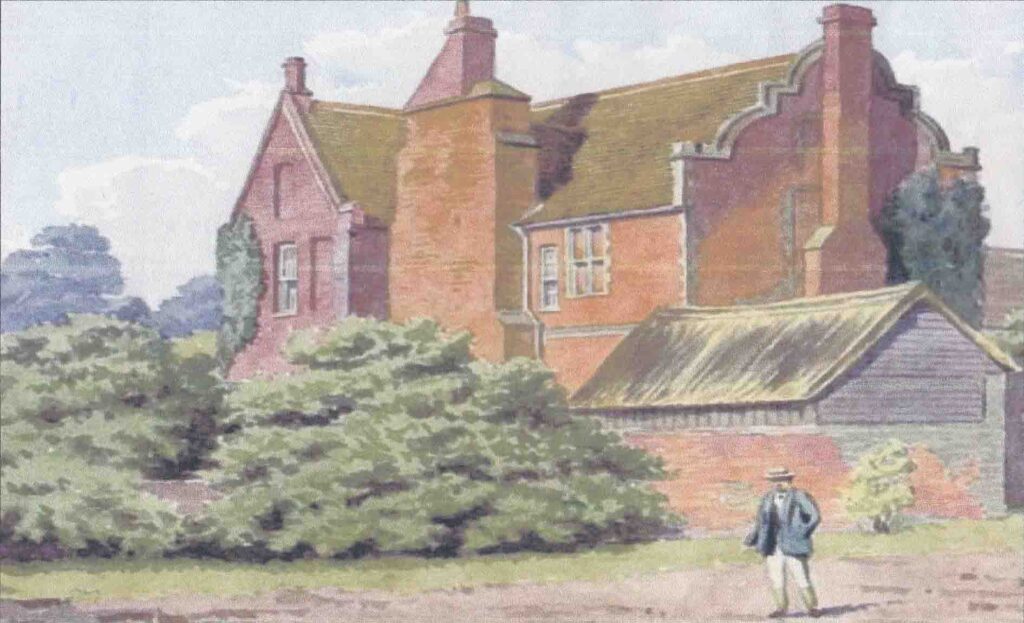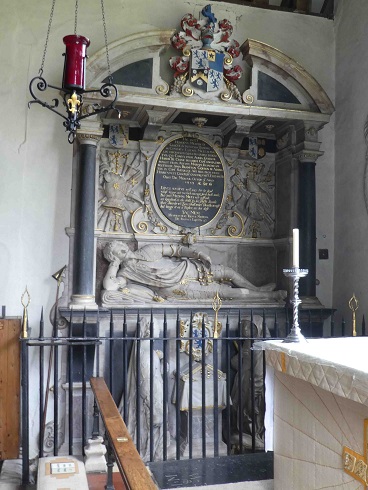Graces was one of the manors of Little Baddow, dating back to the Norman conquest. It took its name from the le Gras family who held it in in the 13th century. The house had a number of owners and tenants in the following centuries. It was probably rebuilt during the reign of Henry VIII, to become the largest building ever erected in the parish, only a small part of which survive today.

In the early 17th century, it was bought and settled by Sir Henry Mildmay. Sir Henry was a member of the Mildmay family. Descended from Thomas Mildmay, a merchant with a stall in Chelmsford market, the family had risen to prominence after the dissolution of the monasteries when, as officials of the court of augmentations, they had acquired monastic property in Essex. Two sons, Thomas and Walter, went on to become famous courtiers and politicians under the Tudor monarchs. Henry, the grandson of a third brother William, saw military service in Ireland, where he was knighted by the Earl of Essex. He married twice; legend has it that his first wife Alice drowned herself because of her husband’s cruelty and haunts Graces Walk.

When Sir Henry died, he asked to be buried by Alice and left £40 to erect a tomb in the chancel of St Mary’s Church. The tomb depicts him reclining on his side with his two wives knelt before him in supplication. Alice is holding a skull to depict her suicide. Henry’s son and heir, also Henry, was a Colonel of Horse in the Parliamentary Army during the Civil Wars and a present at the siege of Colchester. In 1672 the latter tried unsuccessfully to convict his neighbour, Sir Moundeford Bramston, of Bassetts and a known royalist, of papacy.
Later occupants of Graces include the Yell family, several generations of whom farmed there from the mid-19th century until they moved to Great Baddow in 1928.